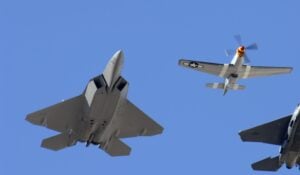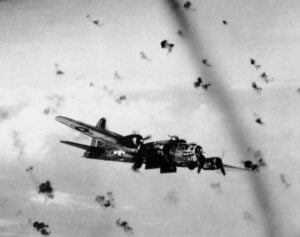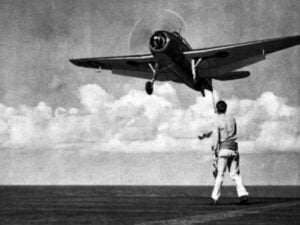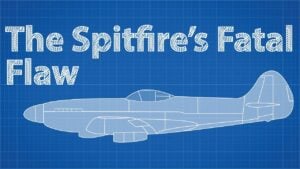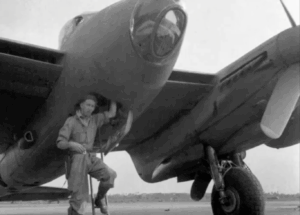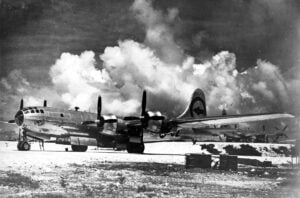Remember the B-18? After a Turbulent Career, This Bolo is on Display in Denver
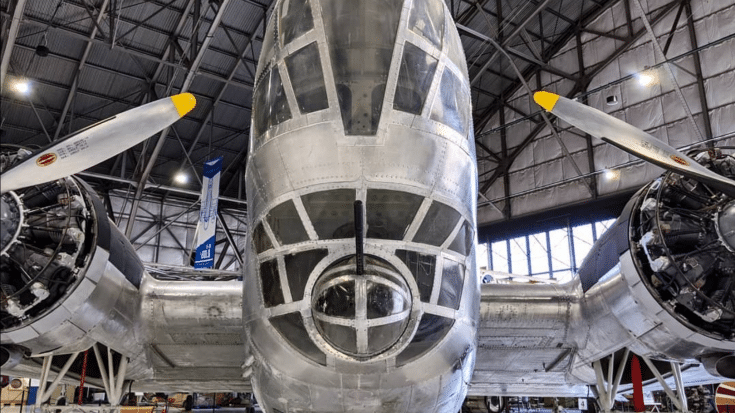
Wings Over the Rockies Air & Space Museum / Facebook
While many aviation museums proudly exhibit bombers like the Boeing B-29 Superfortress, B-17 Flying Fortress, or the Consolidated B-24 Liberator, the Douglas B-18 Bolo remains a rarity. This aircraft, often overlooked by aviation enthusiasts, played a small but unique role in military history. Only 350 of these planes were built, and very few of them ever saw combat during World War II. Today, only six B-18 airframes are known to exist. One of these surviving planes, after decades of varied use and restoration, is now displayed at the Wings Over the Rockies Air and Space Museum in Denver, Colorado.
The Multifaceted Journey of the B-18 Bolo
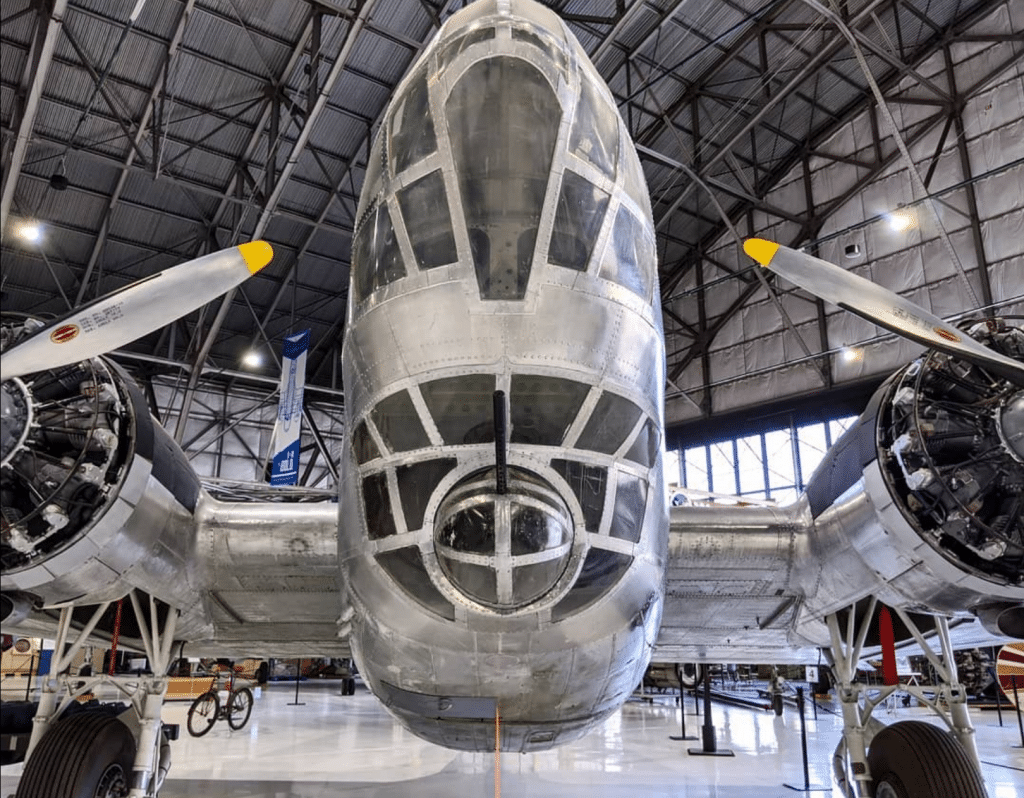
The B-18 was originally developed as a military adaptation of Douglas’s DC-2 commercial aircraft. Its first prototype took to the skies in April 1935, earning the name Bolo, after a curved knife. Crewed by six individuals, the aircraft had a range of about 2,100 miles, a maximum speed of 215 mph, and could carry up to 4,500 pounds of bombs. However, by the start of World War II, the twin-engine B-18 was already outdated compared to newer bombers. Some were later modified with magnetic anomaly detectors to support anti-submarine missions, but most were relegated to training and auxiliary roles.
One notable B-18A, with serial number 39-025, has had a particularly remarkable journey before becoming a centerpiece at the Denver museum. Built in 1940, it was the second-to-last B-18 ever produced. It began its service with the United States Army Air Corps as a training aircraft. Over the next few years, the plane moved through various training bases across Illinois, Louisiana, New Mexico, Texas, Utah, Ohio, and California. By November 1944, the aircraft had been retired from government use and handed over to the Reconstruction Finance Corporation (RFC), an organization responsible for managing surplus military equipment.
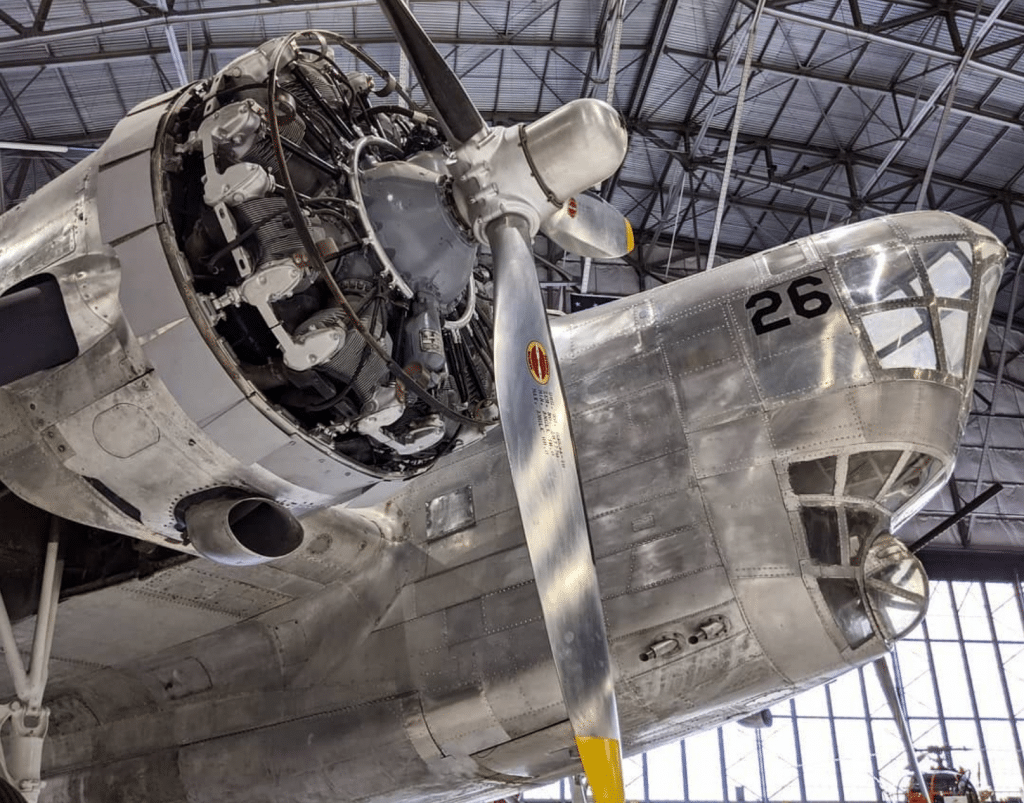
The RFC eventually sold the B-18 for $3,000 to a civilian buyer. Over the next two decades, the aircraft served multiple purposes, including cargo transport, aerial photography, agricultural spraying, and firefighting. It reportedly even transported animals under the ownership of a veterinarian. During this time, its original Wright 1820-53 engines were replaced several times with similar models to keep it operational. As the 1950s progressed, the plane continued to change hands, taking on roles such as mapping magnetic fields and agricultural spraying across Oregon, Alaska, Florida, and Cuba.
The B-18’s Involvement in the Cuban Revolution and Subsequent Restoration
One of the most intriguing episodes in the plane’s history occurred in 1958, during Fidel Castro’s Communist revolution in Cuba. The aircraft’s then-owner used it to deliver guns and other equipment labeled for Castro’s forces. The U.S. Border Patrol intercepted the plane in Florida and impounded it. The aircraft was later handed over to U.S. Customs and eventually returned to the U.S. Air Force. From 1961 to 1974, it was displayed at the Air Force museum before undergoing limited restoration at Cannon Air Force Base in New Mexico during the late 1970s. By 1988, the plane had been moved to Colorado’s Lowry Heritage Museum, the predecessor to the Wings Over the Rockies Air and Space Museum.
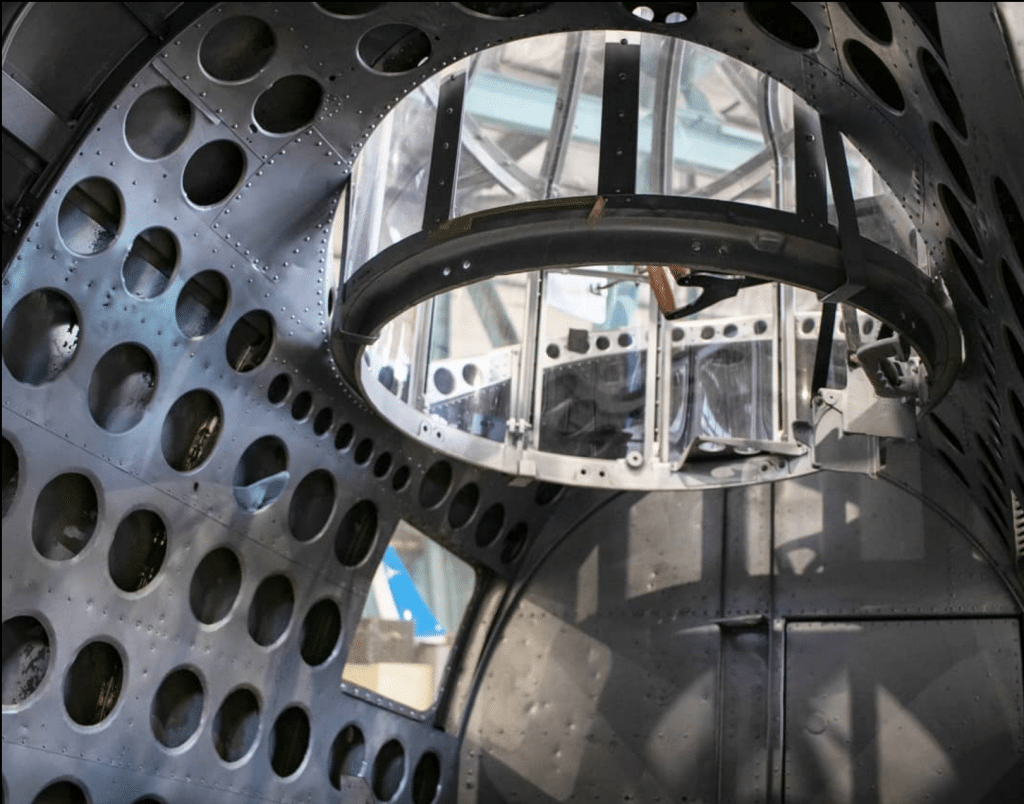
When the B-18 arrived at Lowry, it was in poor condition. It had been disassembled and transported in pieces on flatbed trucks. Extensive cleaning was required to remove years of dirt and debris left by birds that had nested inside it. Despite these challenges, restoration efforts slowly began. The museum’s limited funds and competing priorities meant that progress was gradual throughout the 1980s and 1990s. The restoration gained momentum as the Lowry museum transitioned to the Wings Over the Rockies Air and Space Museum.
One major challenge was restoring the aircraft to its original wartime configuration. The plane’s nose, for instance, had been replaced with a fiberglass one at some point in its past. The restoration team sought to recreate an accurate nose based on plans provided by McDonnell Douglas and assistance from the Raytheon Corporation. Local metalworkers and aircraft fabrication experts contributed their skills to ensure the accuracy of the restoration. Key individuals on the restoration team included Helen “Jaymes” Bond, Tom Thayer, Bob Kohler, Steve Groth, David Tomecek, and Mike Smaling, along with many other dedicated volunteers.
The Evolution of the B-18’s Paint Scheme and Restoration Efforts
The paint scheme also underwent significant changes. When the plane arrived at the museum, it was painted dark green. By the 1990s and early 2000s, it was repainted light green with blue-gray patches to mimic camouflage used during the war. Eventually, these layers of paint were stripped away to reveal the aircraft’s original aluminum skin, much like it appeared when it was first built. This painstaking process gave visitors a chance to appreciate the intricate details of the plane’s construction, from the rivets to the polished aluminum exterior.
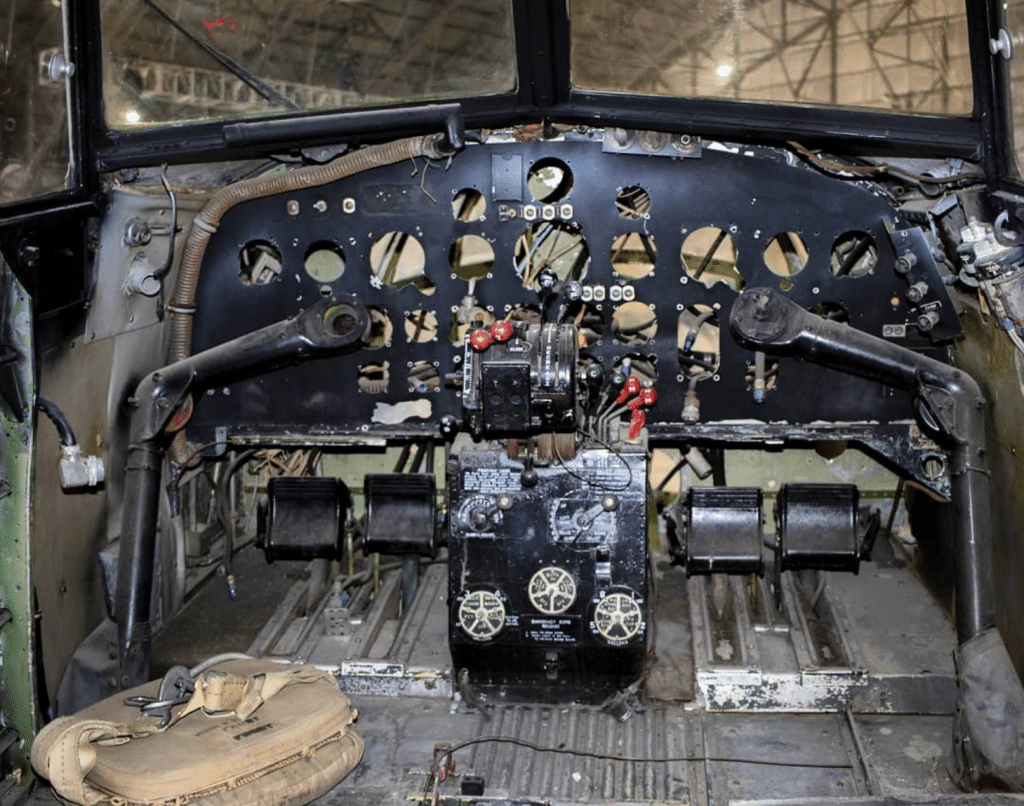
Every aspect of the restoration required meticulous effort. For example, the team removed and cleaned each bolt from the wings before reinstalling them. The engine cowlings that arrived with the plane were not original and had been fabricated during its time at Cannon Air Force Base. One of these cowlings was replaced using modern 3D printing technology, demonstrating a blend of historical preservation and contemporary innovation. Over time, the restoration team also replaced other components, including the rear cargo door, bomb bay, and lower turret.
Today, the B-18 on display in Denver is on loan from the National Museum of the U.S. Air Force, which has its own B-18 in its collection. The Denver aircraft stands as a centerpiece at Wings Over the Rockies, drawing attention for its polished appearance and unique history. While many of its contemporaries have been forgotten or scrapped, this B-18 remains a tangible link to the early days of military aviation and the often-overlooked stories of planes that bridged the gap between peacetime and wartime innovation.













